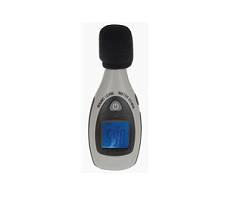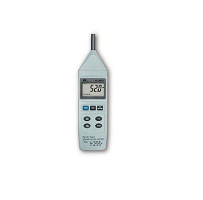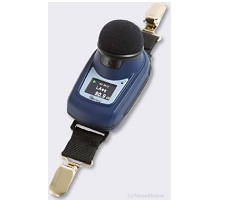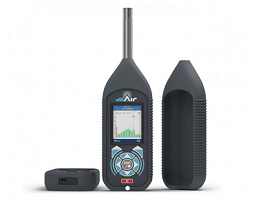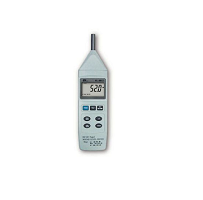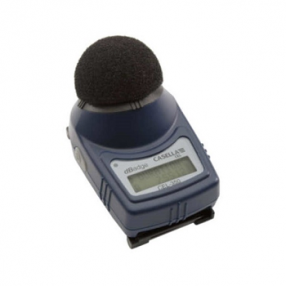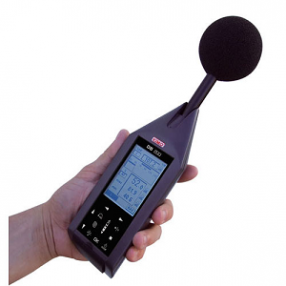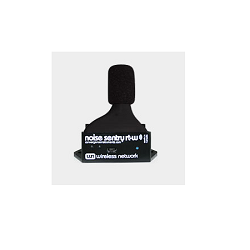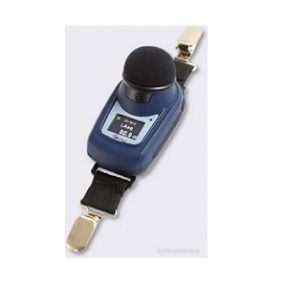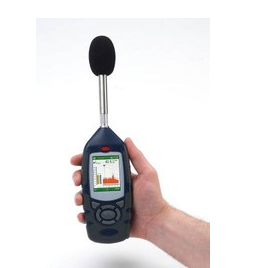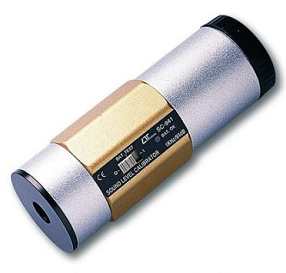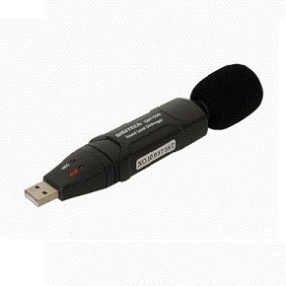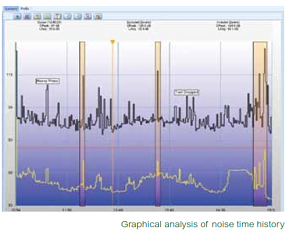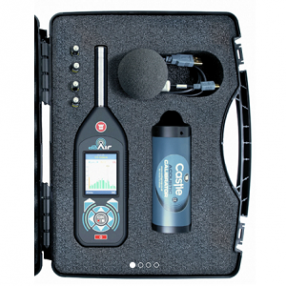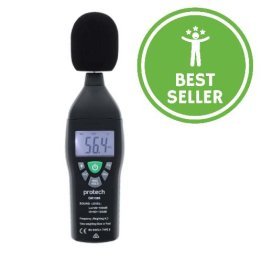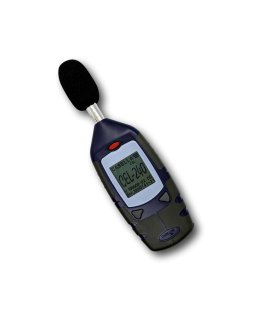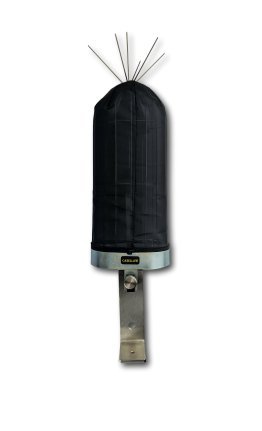Sound Level Meters
$326.36
AUD + GST
$359.00
AUD Inc. GST
Type 1 Sound Level Meter & Data Logger (Traceable Cert & SD Card incl)
Product code: IC-SL4033SD
$599.00
AUD + GST
$658.90
AUD Inc. GST
Type 2 Sound Level Meter & Data Logger (Traceable Cert & SD Card Incl)
Product code: IC-SL4023SD
$409.60
AUD + GST
$450.56
AUD Inc. GST
$144.30
AUD + GST
$158.73
AUD Inc. GST
$1,180.00
AUD + GST
$1,298.00
AUD Inc. GST
$219.00
AUD + GST
$240.90
AUD Inc. GST
$649.00
AUD + GST
$713.90
AUD Inc. GST
$741.00
AUD + GST
$815.10
AUD Inc. GST
Light, Sound, Anemometer, RH, Temp, Type K Thermocouple input - LM8102
Product code: LM8102
$379.20
AUD + GST
$417.12
AUD Inc. GST
$367.00
AUD + GST
$403.70
AUD Inc. GST
SL4023SD Sound Level Meter & SC941 Calibrator Kit (Cert for Meter, SD Card incl)
Product code: IC-SL4023SD-Kit
$799.60
AUD + GST
$879.56
AUD Inc. GST
$1,760.00
AUD + GST
$1,936.00
AUD Inc. GST
$379.10
AUD + GST
$417.01
AUD Inc. GST
$6,859.40
AUD + GST
$7,545.34
AUD Inc. GST
$7,689.50
AUD + GST
$8,458.45
AUD Inc. GST
$5,889.50
AUD + GST
$6,478.45
AUD Inc. GST
$390.00
AUD + GST
$429.00
AUD Inc. GST
$59.05
AUD + GST
$64.96
AUD Inc. GST
GA142SE SONIK-SE Safety and Environmental Data-logging Sound Meter Class 1
Product code: IC-GA142SE
$3,949.00
AUD + GST
$4,343.90
AUD Inc. GST
$548.00
AUD + GST
$602.80
AUD Inc. GST
$200.00
AUD + GST
$220.00
AUD Inc. GST
Casella Outdoor Microphone Protection system for CEL-63X - CEL-6737
Product code: CEL-6737
$999.00
AUD + GST
$1,098.90
AUD Inc. GST
$3,259.80
AUD + GST
$3,585.78
AUD Inc. GST
$2,519.70
AUD + GST
$2,771.67
AUD Inc. GST
$7,440.00
AUD + GST
$8,184.00
AUD Inc. GST
$5,370.00
AUD + GST
$5,907.00
AUD Inc. GST
$6,300.00
AUD + GST
$6,930.00
AUD Inc. GST
$1,579.60
AUD + GST
$1,737.56
AUD Inc. GST
$8,925.00
AUD + GST
$9,817.50
AUD Inc. GST

